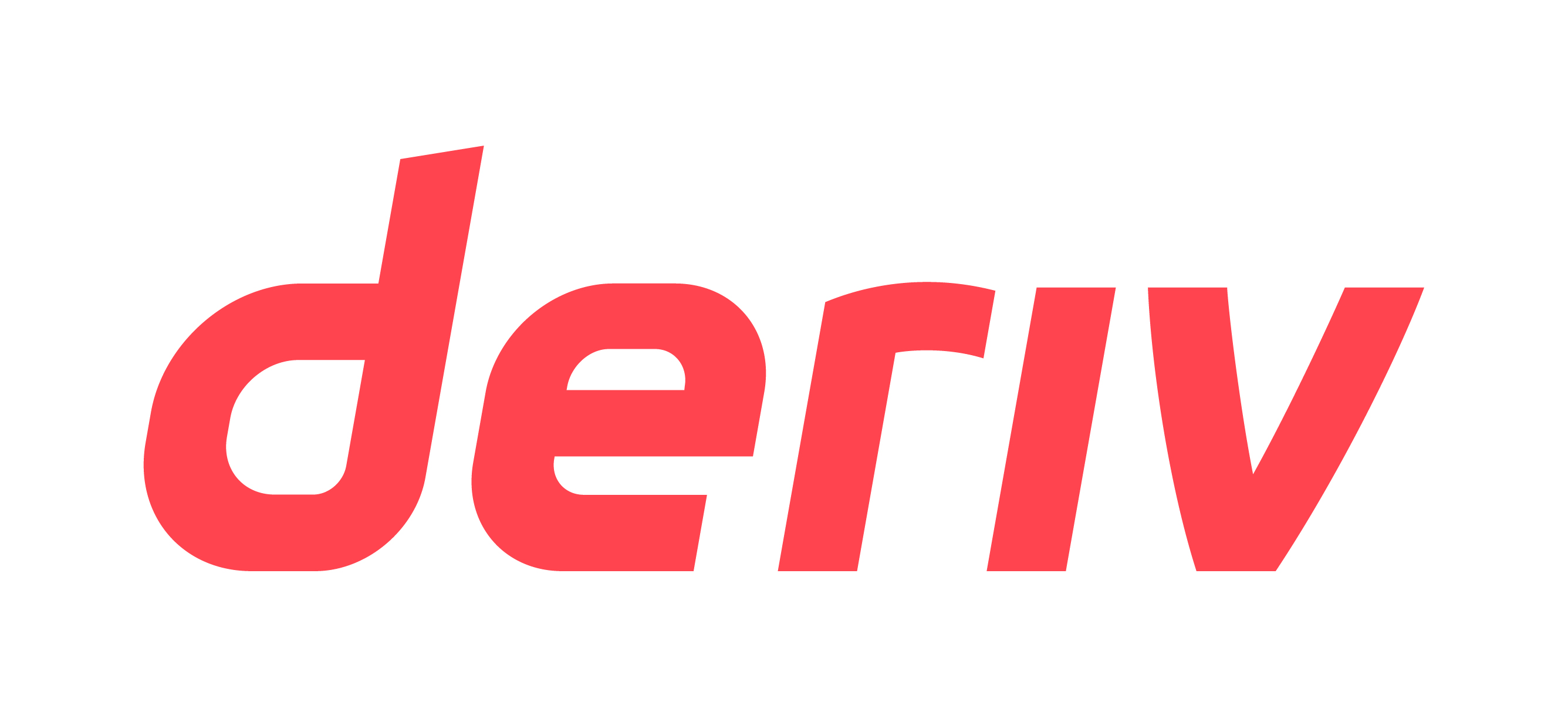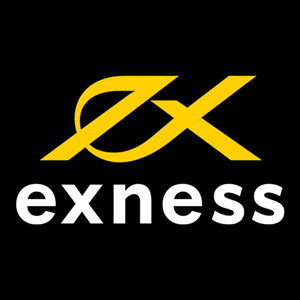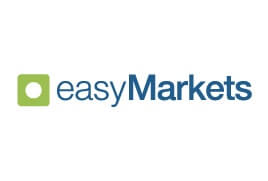Binary options trading in South Africa has been a popular form of investment for many years. It involves predicting whether the price of a particular asset will rise or fall within a predetermined period of time. If your prediction is correct, you will receive a payout, but if it is incorrect, you will lose your investment.
However, it’s worth noting that binary options trading has been banned in some countries due to its high-risk nature and potential for fraud. In South Africa, the Financial Sector Conduct Authority (FSCA) has warned investors about the risks of binary options trading and advised them to exercise caution when dealing with unregulated brokers.
Regulated Binary trading Brokers in South Africa

Quotex

Deriv

Exness

IQ Option

Hycm

Easy Markets
If you do decide to trade binary options in South Africa, it’s important to choose a reputable broker that is regulated by the FSCA. You should also do your own research and be aware of the risks involved before investing any money. It’s also worth noting that binary options trading is not a guaranteed way to make money and should be approached with caution.
Trading binary options in South Africa, here are some tips that could be helpful:
- Choose a reputable broker: Make sure you choose a broker that is regulated by the FSCA and has a good reputation in the industry. Avoid unregulated brokers or brokers with a history of fraud or misconduct.
- Research the market: Stay informed about the market trends, news, and events that could impact the asset you are trading. This will help you make better-informed predictions.
- Start with a demo account: Most reputable brokers offer demo accounts that allow you to practice trading without risking any real money. Use this opportunity to get familiar with the platform and the trading process.
- Develop a trading strategy: Create a trading plan that outlines your goals, risk management approach, and trading rules. Stick to your plan and avoid making emotional decisions based on fear or greed.
- Manage your risks: Only invest money that you can afford to lose and use risk management tools like stop-loss orders to limit your losses.
- Keep learning: Trading is a continuous learning process, so keep educating yourself about the markets, trading strategies, and risk management techniques.
Remember, trading binary options involves a high level of risk, and there is no guarantee of profits. Always approach it with caution and avoid taking unnecessary risks.
Types of binary options available in South Africa. Here are some of the most common types:
- High/Low options: This is the most basic type of binary option, where traders predict whether the price of an asset will be higher or lower than the current price at the time of expiration.
- One Touch options: With One Touch options, traders predict whether the price of an asset will touch a predetermined price level at least once before the option expires.
- Range options: Range options require traders to predict whether the price of an asset will stay within a specific price range or break out of it before the option expires.
- 60 Seconds options: These options have a very short expiration time, typically 60 seconds, and require traders to predict whether the price of an asset will be higher or lower than the current price at the end of the 60-second period.
- Pair options: Pair options allow traders to predict which of two assets will perform better over a specific period of time.
- Ladder options: Ladder options offer multiple price levels for an asset, and traders need to predict whether the price will reach each level before the option expires.
High/Low options
Here’s how it works: Let’s say you want to trade a High/Low option on the price of gold. If the current price of gold is $1,500, and you believe the price will go up in the next hour, you can place a Call option. If the price of gold is higher than $1,500 at the time of expiration, you will receive a payout, typically between 70-90% of your investment. If the price is lower than $1,500, you will lose your investment.
Similarly, if you believe the price of gold will go down, you can place a Put option. If the price of gold is lower than $1,500 at the time of expiration, you will receive a payout. If the price is higher than $1,500, you will lose your investment.
High/Low options are simple and easy to understand, making them a popular choice for beginners. However, they are also considered high-risk investments, as the price of assets can be volatile and unpredictable. As with any investment, it’s important to do your research, manage your risks, and only invest money that you can afford to lose.
One Touch options
One Touch options are a type of binary option where traders predict whether the price of an asset will touch a predetermined price level at least once before the option expires.
Here’s how it works: Let’s say you want to trade a One Touch option on the price of oil. The current price of oil is $60 per barrel, and the broker has set a predetermined price level of $65 per barrel. If you believe the price of oil will reach or exceed $65 per barrel at some point before the option expires, you can place a One Touch option. If the price of oil touches $65 or above at least once during the option period, you will receive a payout, typically between 70-90% of your investment. If the price of oil does not reach $65, you will lose your investment.
One Touch options can offer higher payouts than High/Low options because they are considered more difficult to predict. However, they are also considered higher-risk investments, as the price of assets can be volatile and unpredictable. It’s important to do your research, manage your risks, and only invest money that you can afford to lose when trading One Touch options.
Range options
Here’s how it works: Let’s say you want to trade a Range option on the price of a currency pair. The current price of the currency pair is $1.25, and the broker has set a price range between $1.20 and $1.30. If you believe the price of the currency pair will stay within the price range until the option expires, you can place a Range option. If the price of the currency pair stays within the price range until the option expires, you will receive a payout, typically between 70-90% of your investment. If the price of the currency pair breaks out of the price range, you will lose your investment.
Range options can offer lower payouts than One Touch options because they are considered easier to predict. However, they are also considered lower-risk investments than One Touch options, as the price of assets can be more predictable when trading within a specific range. As with any investment, it’s important to do your research, manage your risks, and only invest money that you can afford to lose when trading Range options.
60 Seconds options
Here’s how it works: Let’s say you want to trade a 60 Seconds option on the price of a stock. The current price of the stock is $50, and you believe the price will go up in the next 60 seconds. You can place a Call option. If the price of the stock is higher than $50 at the end of the 60-second period, you will receive a payout, typically between 70-90% of your investment. If the price is lower than $50, you will lose your investment.
Similarly, if you believe the price of the stock will go down, you can place a Put option. If the price of the stock is lower than $50 at the end of the 60-second period, you will receive a payout. If the price is higher than $50, you will lose your investment.
60 Seconds options can offer quick profits if the price of the asset moves in the predicted direction within the short time frame. However, they are also considered high-risk investments, as the price of assets can be volatile and unpredictable within such a short period. It’s important to do your research, manage your risks, and only invest money that you can afford to lose when trading 60 Seconds options.
Pair options
Here’s how it works: Let’s say you want to trade a Pair option on two technology stocks, Apple and Google. The broker sets a period of one hour and you predict that Apple will perform better than Google during that period. If Apple performs better than Google within the hour, you will receive a payout, typically between 70-90% of your investment. If Google performs better than Apple, you will lose your investment.
Pair options can offer a unique way of trading binary options by providing an opportunity to make profits regardless of the overall market direction. However, they are also considered high-risk investments, as the performance of the two assets can be affected by a range of external factors. As with any investment, it’s important to do your research, manage your risks, and only invest money that you can afford to lose when trading Pair options
Ladder options
Ladder options, also known as multi-option or multi-strike options, are a type of binary option where traders predict the price levels of an asset at different points in time before the option expires.
Here’s how it works: Let’s say you want to trade a Ladder option on the price of gold. The current price of gold is $1,800 per ounce, and you predict that the price will rise to $1,850 within the next hour, and then to $1,900 within the next three hours. You can place a Ladder option with three price levels: $1,850 at the end of the first hour, $1,900 at the end of the third hour, and the current price of $1,800 as the starting point.
If the price of gold reaches the first price level of $1,850 within the first hour, you will receive a payout. If it reaches the second price level of $1,900 within the third hour, you will receive another payout. If the price of gold does not reach any of the price levels, you will lose your investment.
Ladder options can offer higher payouts than other types of binary options because they require more accurate predictions of price levels at different points in time. However, they are also considered higher-risk investments, as the price of assets can be volatile and unpredictable, especially over longer periods of time. It’s important to do your research, manage your risks, and only invest money that you can afford to lose when trading Ladder options.
Binary options South Africa faqs
Is binary options trading legal in South Africa?
Yes, binary options trading is legal in South Africa. The Financial Sector Conduct Authority (FSCA) regulates the financial markets in South Africa, including binary options trading.
Do I need to pay taxes on my binary options profits?
Yes, you are required to pay taxes on your binary options profits in South Africa. The tax rate can vary depending on your income level and the amount of profits you make.
What is the minimum deposit for binary options trading in South Africa?
The minimum deposit for binary options trading in South Africa can vary depending on the broker you choose. Some brokers require a minimum deposit of $10, while others may require a higher amount.
What are the risks of binary options trading?
Binary options trading is considered a high-risk investment, as the price of assets can be volatile and unpredictable. You could potentially lose all of your investment if the price of the asset does not move in the predicted direction.
How do I choose a binary options broker in South Africa?
When choosing a binary options broker in South Africa, it’s important to consider factors such as regulation, reputation, trading platform, and customer service. You should also read reviews and compare the fees and payouts of different brokers to find the one that best suits your needs.
Can I trade binary options on my mobile device?
Yes, many binary options brokers offer mobile trading apps that allow you to trade on your smartphone or tablet. This can give you the flexibility to trade from anywhere, at any time.
